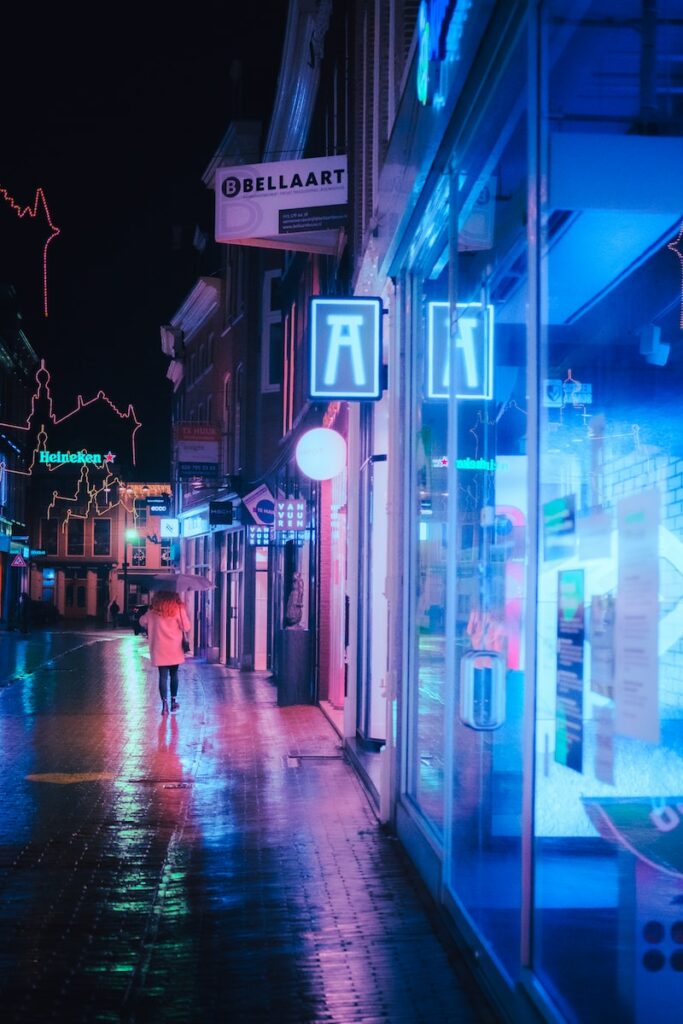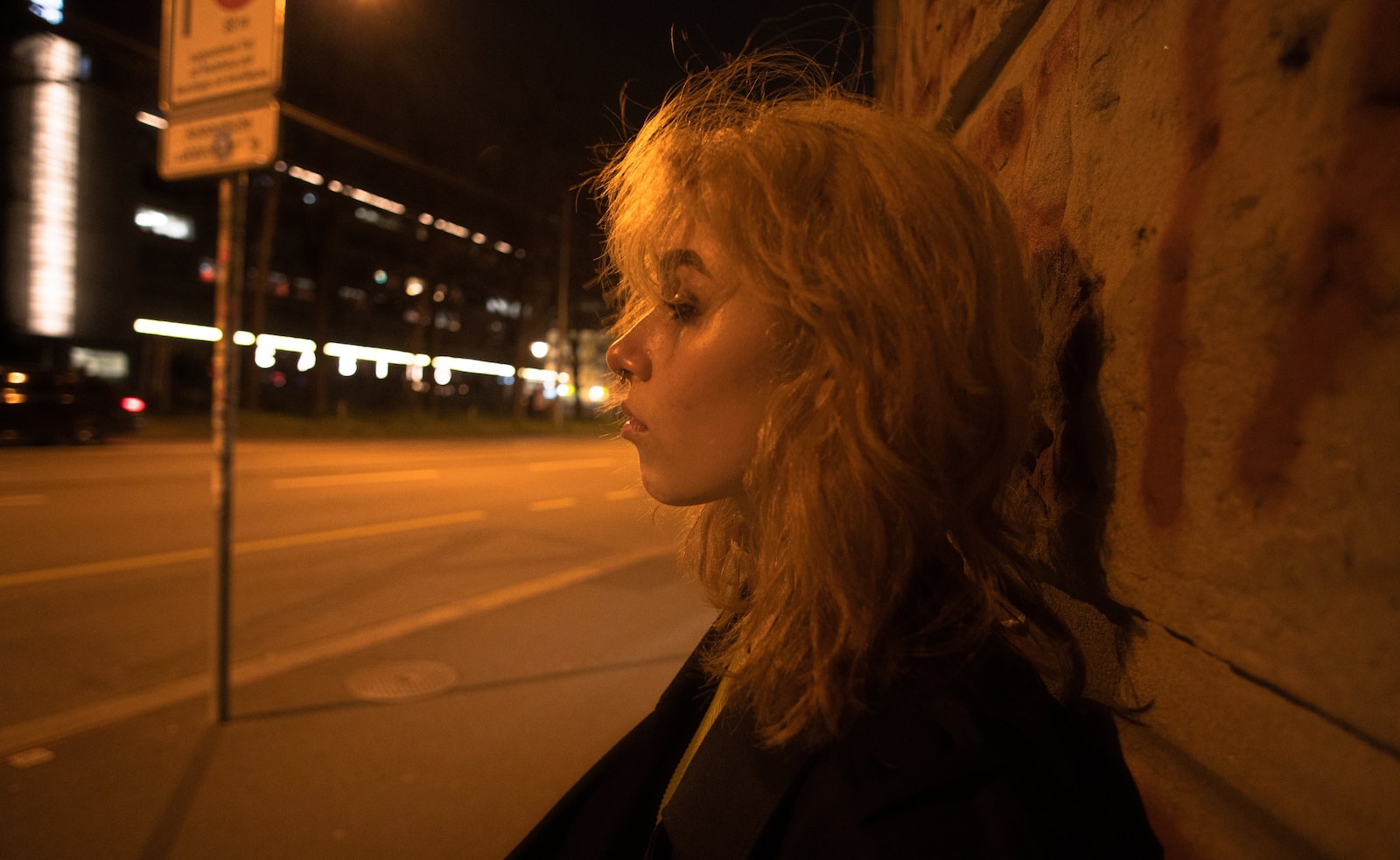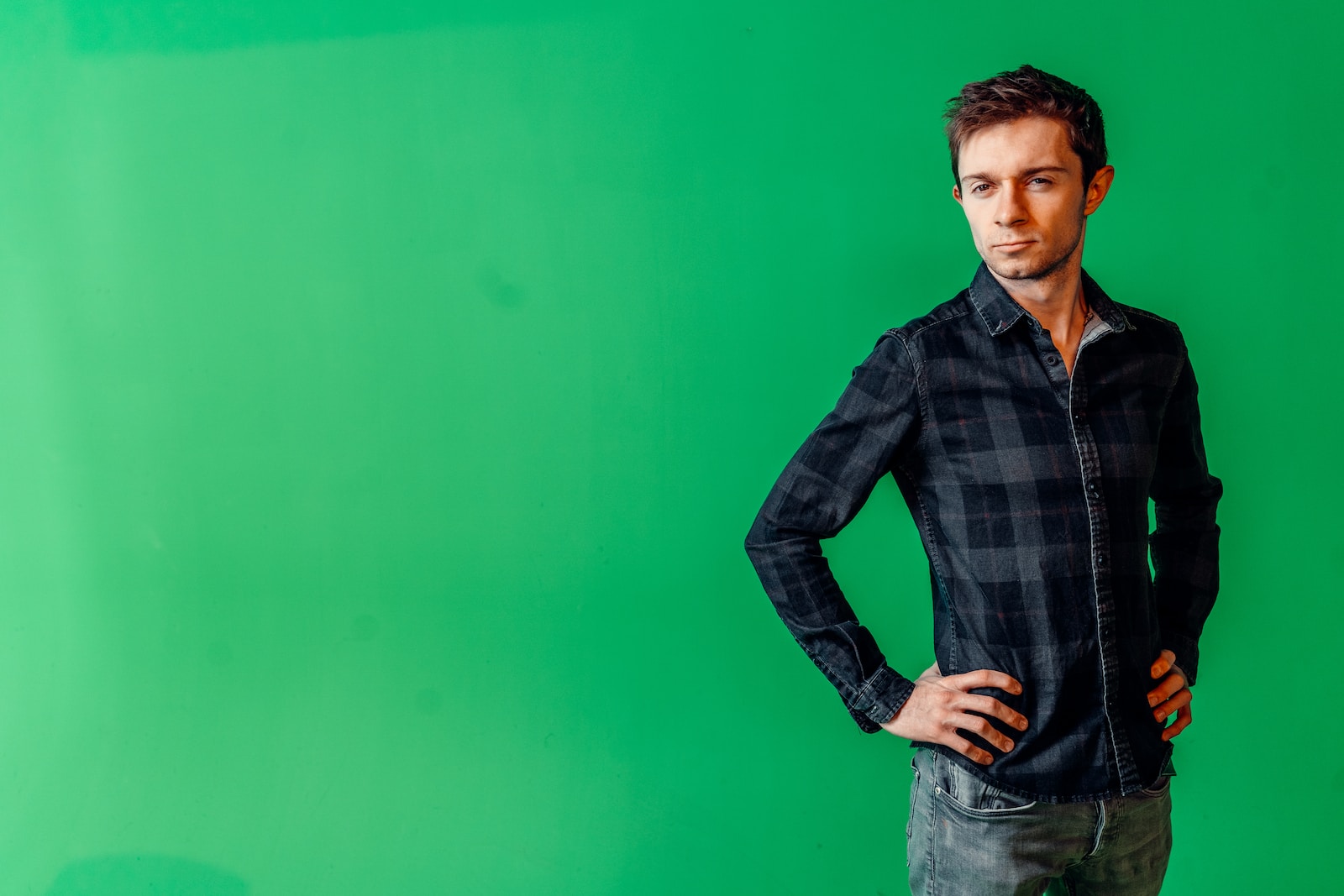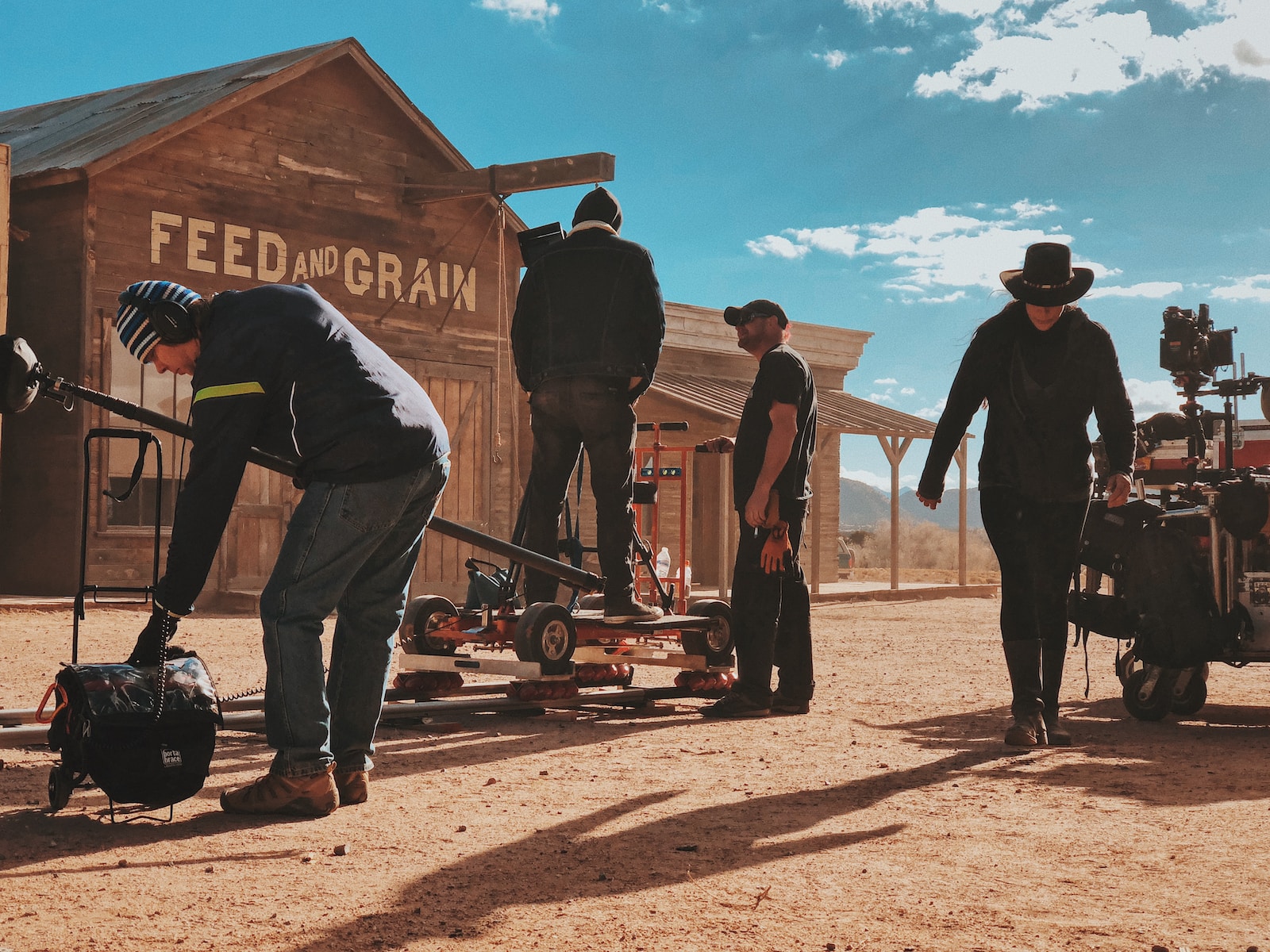Welcome to our blog where we delve into the fascinating world of creating cinematic atmosphere with cinematic lighting techniques. If you are a film enthusiast or a budding filmmaker looking to transform your projects into visually stunning masterpieces, then this blog is for you. Discover the power of cinematic lighting and the various techniques that can transport your audience into a whole new world of storytelling.
Table of Contents
- The Importance of Cinematic Lighting
- Creating Cinematic Atmosphere with Lighting Techniques
- Frequently Asked Questions
- 1. What is cinematic lighting and why is it important in film production?
- 2. How can lighting techniques contribute to creating a cinematic atmosphere?
- 3. What are some popular lighting techniques used in creating a cinematic atmosphere?
- 4. Can cinematic lighting techniques be used in any type of film project?
- 5. What are some tips for beginners to start experimenting with cinematic lighting?
- 6. Are there any resources or tools available to assist in creating cinematic lighting?
- Wrap Up:
The Importance of Cinematic Lighting
Lighting plays a pivotal role in setting the mood and conveying emotions in film production. It has the ability to enhance the story, create depth, and establish a specific atmosphere. Cinematic lighting techniques enable filmmakers to manipulate light, shadows, and colors to evoke specific emotions in the audience.
Understanding the Basics
Before we dive into the various lighting techniques, it’s essential to have a solid grasp of the basics. Familiarize yourself with terms such as key light, fill light, and backlights, and their respective roles in creating a three-dimensional look. Understanding the different properties of light, such as intensity, direction, and color temperature, will help you effectively utilize lighting to enhance your storytelling.
Mastering Cinematic Lighting Techniques
1. Three-Point Lighting: This classic technique involves using a key light, fill light, and backlight to achieve a balanced and visually appealing look. Learn how to position each light source and adjust their intensities to create dimension and depth in your shots.
2. High Contrast Lighting: This technique involves using harsh and dramatic lighting to create striking visuals. By emphasizing stark contrasts between light and shadow, you can effectively enhance the mood and atmosphere of your scenes.
3. Rembrandt Lighting: Named after the Dutch painter, this technique utilizes a key light placed at a 45-degree angle to create a small triangle of light on one side of the subject’s face. This technique adds depth and a sense of mystery, often seen in film noir and suspenseful genres.
4. Silhouette Lighting: When used strategically, silhouette lighting can create a powerful and memorable visual impact. By positioning the subject against a bright background while keeping them in shadow, you can create a sense of mystery and intrigue.
Creating Atmosphere with Lighting
Lighting is instrumental in establishing the overall atmosphere in your film. Different color temperatures and lighting setups can evoke specific emotions and immerse the audience in the world you create. For example, warm, soft lighting can create a cozy and intimate atmosphere, while cold, harsh lighting can convey tension and suspense.
Did you know that the term "cinema" is derived from the Greek word kinema, meaning "movement"?
The Importance of Practicing and Experimenting
While understanding the theory behind cinematic lighting techniques is crucial, practical application is equally important. Experiment with different setups, angles, and color schemes to discover your unique style and the effects they have on the atmosphere. Practice continuously and analyze the results to refine your skills and develop a repertoire of lighting techniques you can employ to captivate your audience.
Creating Cinematic Atmosphere with Lighting Techniques
Lighting is an essential element in film production that can greatly enhance the overall atmosphere and mood of a scene. By using specific lighting techniques, filmmakers can create a cinematic experience that captivates and engages the audience. In this blog, we will explore some effective lighting techniques that can help you create a cinematic atmosphere in your film projects.

Case Study: Overcoming Challenges with Cinematic Lighting
Let’s take a look at a relevant case study that showcases the power of cinematic lighting in creating atmosphere. In the film “Cityscape,” the director wanted to portray a gritty and atmospheric urban environment. However, the location chosen for the shoot was bright and lacked the desired mood.
To overcome this challenge, the film production team used a combination of practical lights and specialized equipment to create a cinematic atmosphere. They strategically placed dimly lit streetlights, utilizing low-key lighting techniques, to cast long shadows and create a mysterious and moody ambiance. The use of colored gels on some of the streetlights added depth and further enhanced the desired atmosphere.
Additionally, the team incorporated a technique known as “lighting through windows” to simulate natural light streaming into the scene. This technique created a realistic and visually stunning effect that enhanced the overall cinematic feel of the film.
By overcoming these challenges and utilizing these lighting techniques, the film “Cityscape” successfully created a captivating cinematic atmosphere, drawing the audience into the story and setting.
If you are a filmmaker or aspiring filmmaker, you can learn from this case study by understanding how specific lighting techniques can contribute to the overall atmosphere of your film projects.
Benefits of Cinematic Lighting Techniques from a Photographer’s Perspective
As a photographer, I have also experimented with cinematic lighting techniques in my work, and the benefits have been remarkable. By incorporating these techniques, I have been able to create stunning images that evoke emotions and tell stories.
One of the primary benefits of using cinematic lighting techniques is the ability to control the mood and atmosphere of a scene. Whether I am shooting a portrait or a landscape, I can use different lighting techniques to enhance the desired mood and create a cinematic experience for the viewer.
For example, by utilizing low-key lighting techniques, I can create a dramatic and mysterious atmosphere in portrait photography. This technique involves using minimal lighting and focusing on specific areas, resulting in high contrast images that exude a cinematic feel.
In landscape photography, I often incorporate the technique of backlighting. By positioning the light source behind the subject, I can create a dreamy and ethereal effect, adding depth and atmosphere to the scene.
By utilizing cinematic lighting techniques, I have been able to elevate my photography and create images that leave a lasting impression on the viewer. Whether you are a photographer or a filmmaker, these techniques can undoubtedly help you achieve a cinematic atmosphere in your projects.
How-To Guide: Tips and Techniques for Creating Cinematic Atmosphere
- Use directional lighting: Experiment with different angles and positions of your light source to create depth and shadows that add to the cinematic atmosphere.
- Utilize colored gels: Add a touch of color to your lighting to create a specific mood or enhance the atmosphere of a scene.
- Play with chiaroscuro lighting: Chiaroscuro lighting, or high-contrast lighting, can create a dramatic and cinematic effect by emphasizing the contrast between light and shadow.
- Incorporate practical lights: Make use of practical lights, such as streetlights or lamps, to add realism and enhance the overall atmosphere of your scenes.
- Experiment with backlighting: Position the light source behind the subject to create a sense of depth and add an ethereal touch to your scenes.
By incorporating these tips and techniques, you can elevate your film projects and create a cinematic atmosphere that immerses your audience in the story.
In conclusion, understanding and implementing specific lighting techniques can greatly contribute to creating a cinematic atmosphere in your film projects. Whether you learn from relevant case studies, take inspiration from photographers’ experiences, or follow a how-to guide, the possibilities are endless. Start experimenting with these techniques and watch as your films come to life with a captivating cinematic atmosphere!
Frequently Asked Questions
1. What is cinematic lighting and why is it important in film production?
Cinematic lighting refers to the deliberate use of lighting techniques to create a visually stunning and immersive atmosphere in film projects. It helps in setting the mood, emphasizing key elements, and evoking emotions, making it crucial in conveying the narrative effectively.
2. How can lighting techniques contribute to creating a cinematic atmosphere?
Lighting techniques such as backlighting, three-point lighting, and color grading can greatly impact the visual aesthetics of a film. They can manipulate shadows, highlights, and color tones to create a dramatic and cinematic ambiance, enhancing the overall viewing experience.
3. What are some popular lighting techniques used in creating a cinematic atmosphere?
Some popular lighting techniques include:
- Backlighting: Placing a light source behind the subject to create a glow or halo effect.
- Three-Point Lighting: Using a key light, fill light, and backlight to create depth and dimension.
- Low Key Lighting: Utilizing predominantly dark or shadowy lighting for a mysterious or dramatic effect.
- High Key Lighting: Employing bright, even lighting to create a cheerful and uplifting atmosphere.
- Color Grading: Adjusting the color tones in post-production to enhance the overall cinematic look.
4. Can cinematic lighting techniques be used in any type of film project?
Absolutely! Cinematic lighting techniques can be applied to various film projects, regardless of their genre or scale. Whether it’s a short film, feature film, documentary, or even a music video, utilizing effective lighting techniques can elevate the visual quality and contribute to the desired atmosphere.
5. What are some tips for beginners to start experimenting with cinematic lighting?
For beginners, starting with a simple three-point lighting setup can be a great way to understand the basics. Experimenting with different angles, intensities, and colors of light sources can help in learning how lighting can affect the mood and atmosphere. Watching tutorials, practicing with available resources, and analyzing cinematography in films can also contribute to improving lighting skills.
6. Are there any resources or tools available to assist in creating cinematic lighting?
Yes, several resources and tools are available to assist in creating cinematic lighting. Online tutorials, books, and courses can provide in-depth knowledge and guidance on lighting techniques. Additionally, there are various lighting equipment and accessories such as diffusers, reflectors, and gels that can help in achieving desired lighting effects.
Wrap Up:
By utilizing specific lighting techniques, you can easily create a cinematic atmosphere in your film projects. Cinematic lighting is a powerful tool that can enhance the overall mood and help tell your story visually. Whether it’s using soft lighting to create a dreamlike ambiance or playing with shadows to build suspense, understanding lighting techniques is essential for any filmmaker.
Remember to experiment with different lighting setups and explore creative possibilities. The right lighting can truly transform your films, adding depth, drama, and an immersive cinematic experience.
We hope this blog has inspired you to try out these lighting techniques in your next film project. Share your thoughts and experiences in the comments below. Let’s build a community where we can all learn and grow together!



